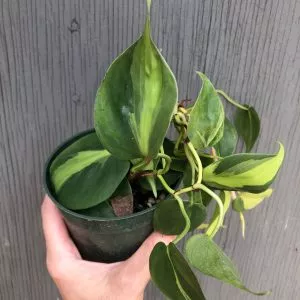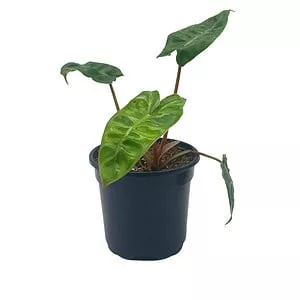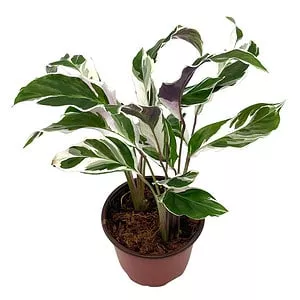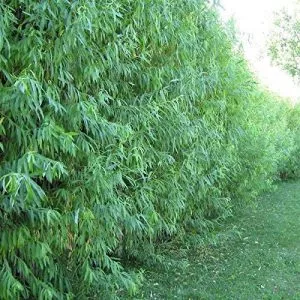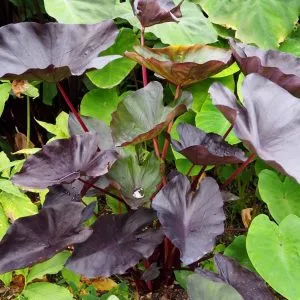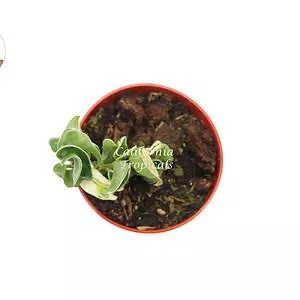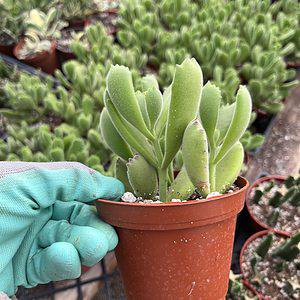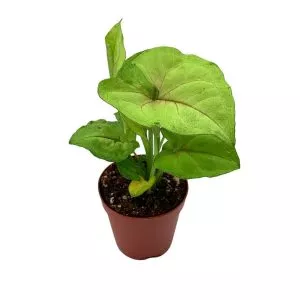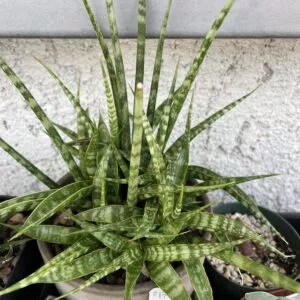No products in the cart.
Table of Contents
Are you looking for low maintenance yet drought-tolerant tree to place as a privacy hedge that remains vibrant year-round? Then the Spartan juniper trees are what you need. It is a robust evergreen that grows thick foliage fast. You can have a lush privacy screen or plant it as a stand-alone tree. Or clip it into a unique spiral topiary.
Spartan Juniper Southern Living Plants
Juniper trees come from China. It is a narrow cultivar known as the Chinese juniper tree and grown for centuries. The shrub grows with a pyramidal shape and has dense branches. Year-round it has a green foliage color growing up to 15-feet tall.
It has a narrow spread of about 3.5 feet wide and works well in compact spaces. The best part is that the shrub does not need a lot of pruning as it retains a columnar evergreens shape even without clipping.
The Spartan juniper thrives in USDA hardiness zones 4-9 except where it is freezing or very hot.
Spartan Juniper Care

When you look at Spartan junipers at a glance, they can flourish in the harshest conditions. The tree works perfectly in a compact yard and is well suited to create a privacy screen. It is very drought tolerant and can withstand cold temperatures.
Planting Hole For Juniper Trees
When selecting a spot to plant your Spartan juniper, it helps to remove and clear away weeds, debris, and turfgrass. We recommend digging a planting hole three times the width of the pot your tree arrived in.
Remove your trees from their containers and gently pull the root mass apart. Next, place the root ball in the center of your dug hole. Ensure that the soil is at the same level as the tree’s container.
Backfill the hole and tamp it down to remove the air pockets in the soil. For a privacy screen, space your trees five feet apart and to form a solid wall three feet apart.
Ideal Soil Mixture for Spartan juniper Trees
When you grow your Spartan juniper outdoors, the only requirement is that it is well-drained soil. Your tree prefers sandy soil but can tolerate other soil types that most trees can’t, like clay soils.
Still, it is possible if you want to grow your Spartan juniper in a container. The same rule applies to providing the plant with moist yet well-drained soil. We recommend a potting mix using a 50/50 combination with enough drainage holes.
You can 10-20 percent perlite or pumice to your soil mixture to help with drainage. Also, choose a container that can last up to three years before you need to shift your tree. We also recommend lining the bottom of the pot with some shade cloth or porous landscape fabric.
Doing this will help prevent the drainage holes from clogging up with soil. Still, if you use gravel or other soil types at the bottom, lay the fabric over it.
In stock In stock Only 1 left in stock In stock
$62.49
Sold By:
Carlo's Plant Farm
6 Jasmine Tricolor | Carlo`s Plant Farm
Rated 5.00 out of 5 based on 22 customer ratings00
Sold By:
Carlo's Plant Farm
$12.95
Sold By:
SunSoul Plants
$17.95LIVE Philodendron Hederaceum ‘Brasil’ plant in 3″ pot
Rated 4.87 out of 5 based on 98 customer ratings00
Sold By:
SunSoul Plants
$10.99
Sold By:
Succulent Oasis
Medium Succulent Plant – Aloe Aristata Haworthia
Rated 4.84 out of 5 based on 352 customer ratings09
Sold By:
Succulent Oasis
$10.99
Sold By:
BubbleBlooms
Mammillaria winterae Subfamily Cactoideae, Tribe Cacteae, Flower Yellow
Rated 4.81 out of 5 based on 279 customer ratings03
Sold By:
BubbleBlooms
Lighting Requirement for Dense Foliage
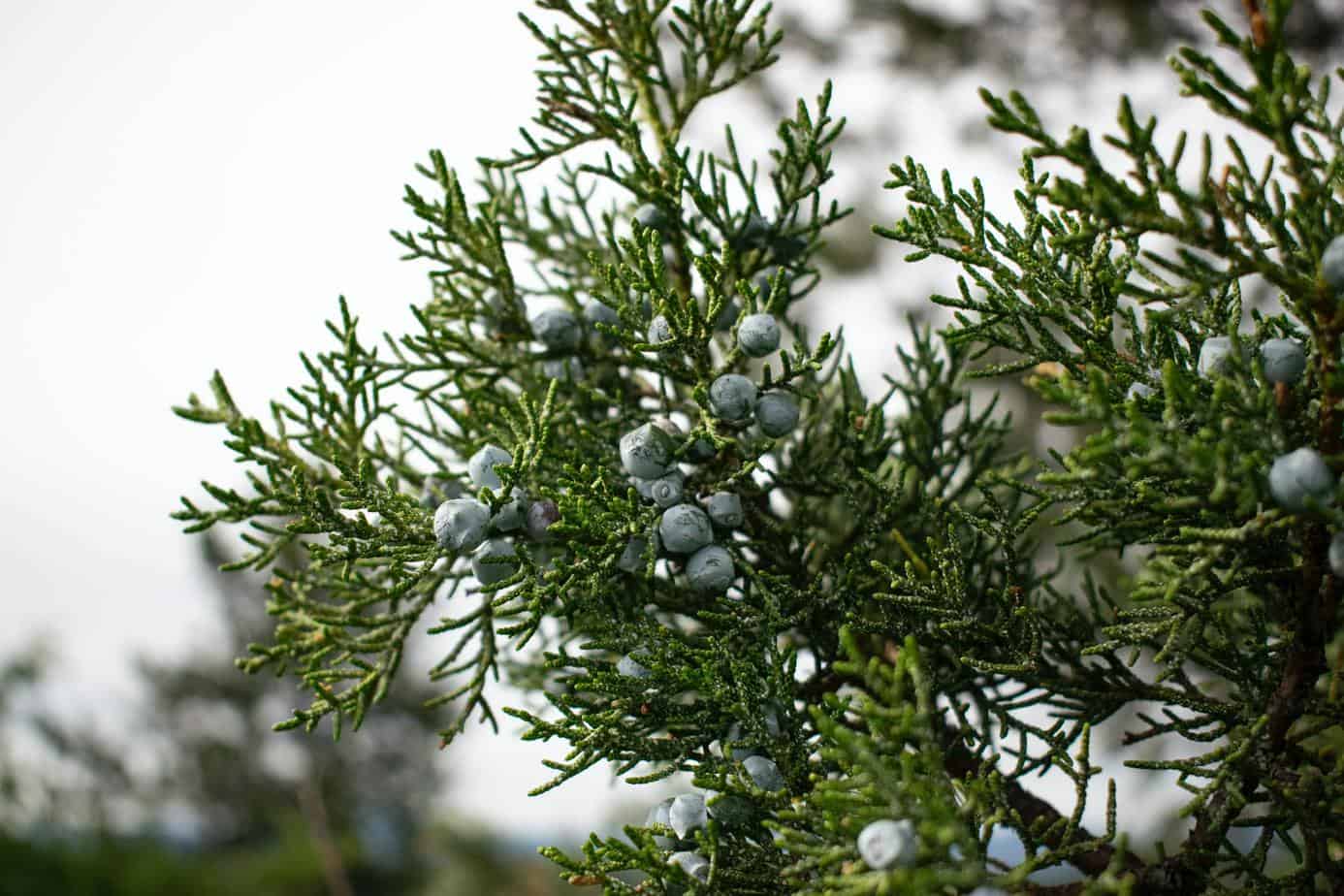
Lighting is essential whether you plan to mass plant outside or plant your Spartan juniper trees in containers. The best place is to grow your trees in full sun to partial shade. Your tree can thrive in full sun for six hours but cannot take extreme heat.
Watering your Spartan Juniper
When the Juniper trees are young, they need water to help establish the root ball. Once the root systems are established, they can go without water for a while. When gardening and using an automated irrigation system, set the time for early morning hours and not later at night.
The reason is that it can lead to the onset of foliar and fungus diseases. The ground needs to be moist but not soggy to prevent root rot. After planting your trees, please give them a deep soak at the planting site.
You can also water your young Juniper trees with a Root Stimulator to help with early root formation to make them stronger. Yet, you need not water your indoor plant every day during the first active growing season.
If you notice the absence of rainfall, you can water the root ball and surrounding soil to keep it damp. Still, it is better to let the soil dry out between watering to prevent fungal diseases.
Pruning Juniper Trees
For growing juniper trees with enough space to grow to a mature size, they need no pruning. Yet, you can prune them to remove damaged branches or do shaping to get a uniform shape. Conifers and juniper trees produce new growth in spring and fall.
You can prune them in early spring living in warm regions. But prune your plant in early summer living in cooler areas. You can remove the branches to attain a compact yet controlled growth.
You will need to trim individual stems, and please do not use a hedge trimmer. Doing shearing can ruin the growth habit leading to foliage drop. Another thing is to avoid cutting too much back of bare wood as new leaf buds form on the older stems and branches.
In stock In stock In stock In stock
$20.00
Sold By:
Soul Peace Gardens
Soul Peace Bundle-Tradescantia Pink Panther
Sold By:
Soul Peace Gardens
$44.99
Sold By:
BubbleBlooms
Philodendron Billietiae
Rated 4.81 out of 5 based on 279 customer ratings00
Sold By:
BubbleBlooms
$19.99
Sold By:
BubbleBlooms
Calathea Stella, 4 inch, Rare Variegated Prayer Plant, Cathedral Plant, Green and White
Only 929 available and it’s in 1 people’s basket Rated 4.81 out of 5 based on 279 customer ratings00
Sold By:
BubbleBlooms
Free Shipping
$79.99
Sold By:
CZ Grain
100 world’s fastest growing tree
Only 887 available and it’s in 1 people’s basket Rated 4.60 out of 5 based on 156 customer ratings00
Sold By:
CZ Grain
Fertilizing Spartan Junipers

Juniper trees are not heavy feeders but still need fertilizing. The recommended time for fertilizer is from late winter to the beginning of spring. For your in-ground Spartan juniper trees to maintain the color of the Juniperus chinensis, use a slow-release food.
Or you can use a natural organic one applied two months before the first frost. You can also add chipped wood mulch or pine straw around your trees in winter. We recommend not using fresh chipped wood until it cures for up to six months.
You can use a slow-release granular feed or liquid plant food for pot-grown new plants. How much you use depends on your tree’s size and the type of feed you use. You can spread the fertilizer on the soil as the feeder roots will reach it.
Propagation
Juniper grows with an upright habit compared to other plants and is a fast-growing evergreen. Hence, you can propagate your tree with semi-hardwood cuttings or the branches growing in a current season.
Fill up a gallon planter with your soil type and make a one-inch diameter hole.
Take a ten-inch long stem and cut it with pruning shears. Choose one with plenty of foliage.
Remove the bottom leaves and make a one-inch slit through the outer layer on both sides using a sharp knife.
Dip that end in some rooting hormone and shake the excess off.
Place that section into the hole and press the potting medium around it.
Mist with water until moist, and place four 12-inch stakes around the edge of the pot.
Cover your planter with some plastic film for humidity and put it in indirect light.
Mist daily and check for root development after four weeks.
Spartan Juniper Varieties
When planting Juniperus chinensis spartan, many gardeners feel they look dull. But you can find some exciting juniper trees to place with other plants in the landscape, as seen here.
Juniperus squamata ‘Floreant’
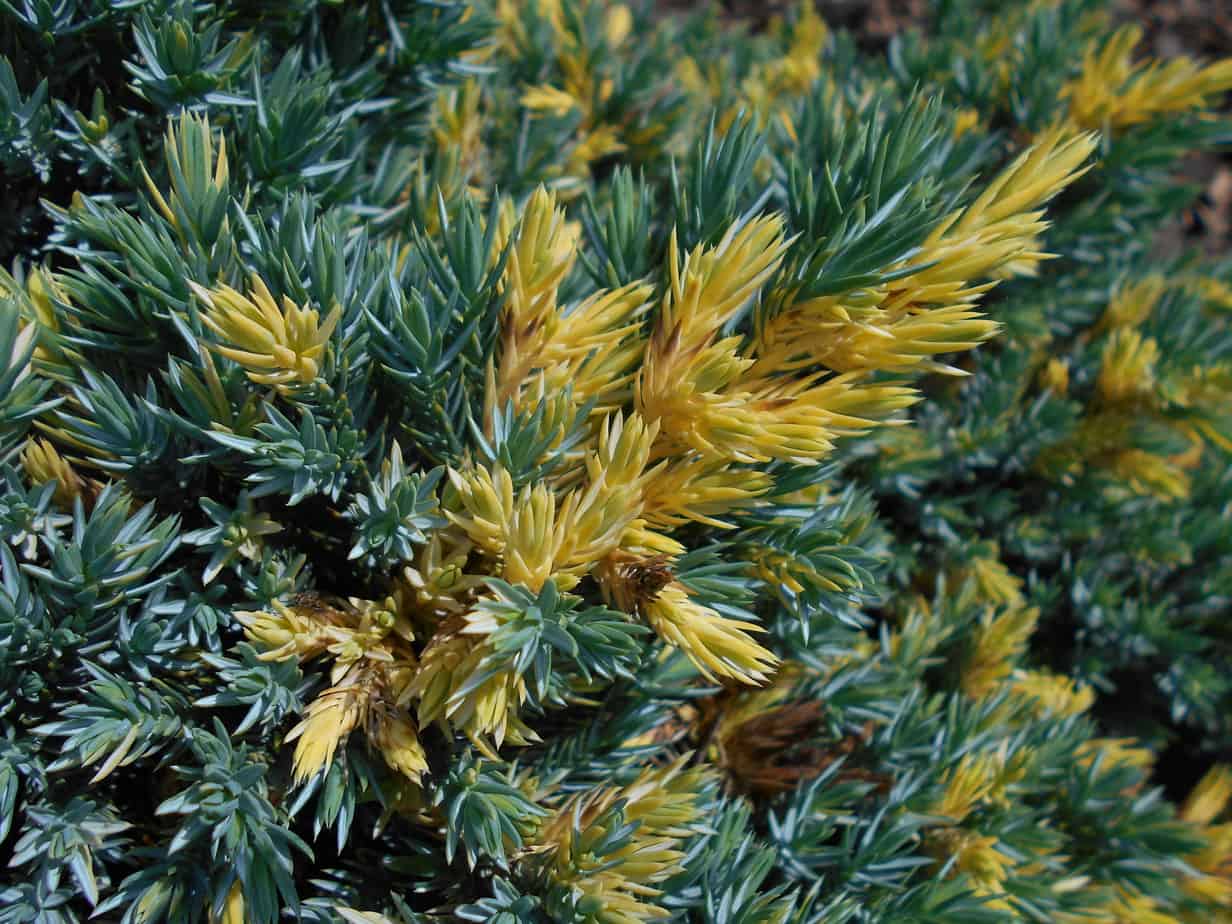
The juniper plant is different in its globe-shaped form. It has two-toned leaves when in a tidy bun shape. It needs a bit more water compared to other plants. You can use it to create a bridging for light to dark green foliage in the landscaping. You can also plant it in a planter.
Lime Glow Creeping Juniper
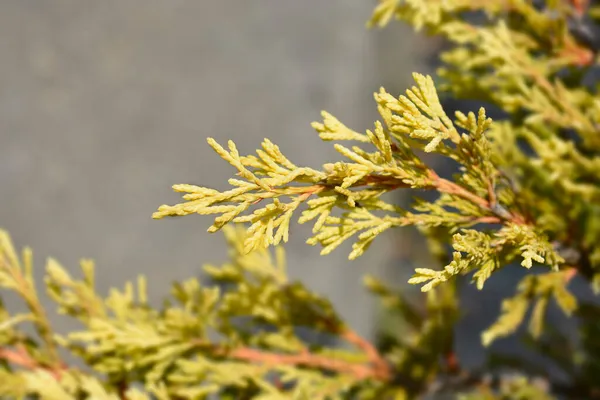
Juniperus horizontalis ‘Lime Glow’ is a plant that genuinely glows in a garden setting. The plant works well with the mass planting site. It has blue and green foliage. At the base of a tree or large shrubs, it looks spectacular. What makes this plant unique is the change of colors in winter from lavender to toffee.
Juniperus communis ‘Gold Cone’
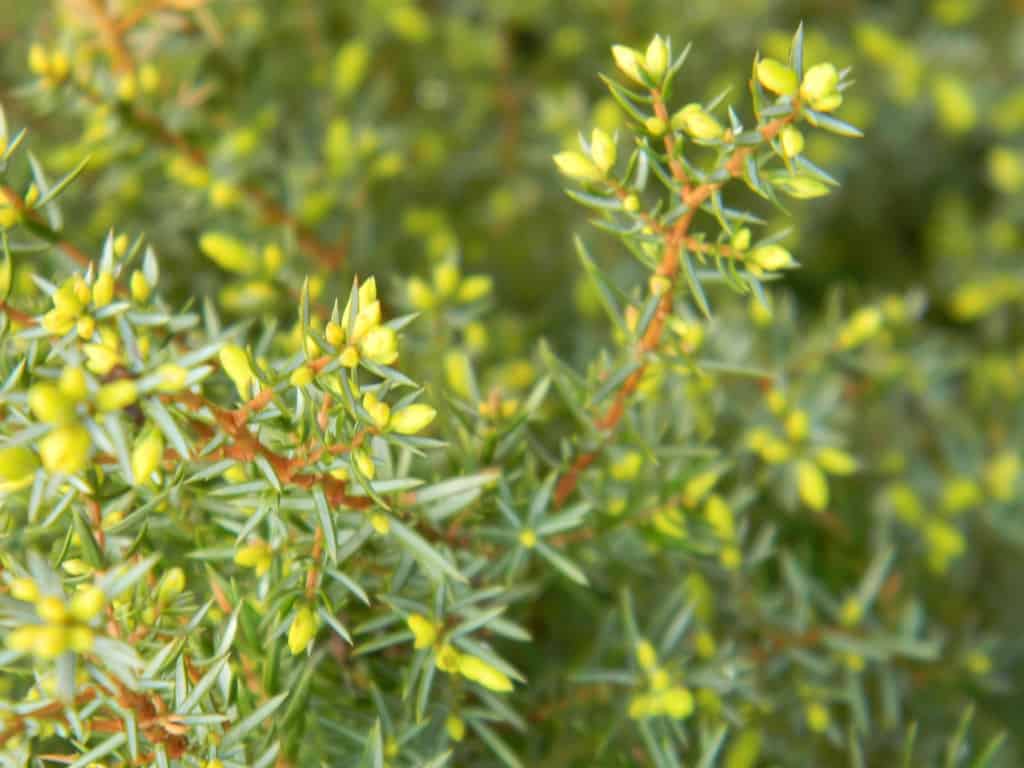
The Gold Cone has an upright form with a narrow shape, making for a great single accent piece. The gold-tipped leaves look attractive, and trimming the bud keeps them shorter. It can tolerate full sun and can withstand winter temperatures.
In stock In stock Only 1 left in stock Only 1 left in stock
$26.95
Sold By:
Wonka Plants
Colocasia “Tea Party” Starter plant
Rated 4.94 out of 5 based on 108 customer ratings03
Sold By:
Wonka Plants
Free Shipping
$29.99
Sold By:
California Tropicals
$37.55Hindu Rope Hoya Variegated – 4″ from California Tropicals
Only 35 available and it’s in 1 people’s basket Rated 4.96 out of 5 based on 25 customer ratings03
Sold By:
California Tropicals
$215.00
Sold By:
Kazumi Nursery
Ariocarpus Retusus cv Furfuraceus. T5-1201
Only 1 available and it’s in 1 people’s basket
Sold By:
Kazumi Nursery
$15.00
Sold By:
Stripes and Variegations
Monks Hood
Sold By:
Stripes and Variegations
Spartan Juniper Diseases and Pests
The main problem you will find with Spartan junipers is twig & tip blight. The needles die back and turn brown, and some may drop, forming dark cankers at the junction of dead and live wood. The cause can result from fungal organisms found here:
Phomopsis tip blight starts with infected tips of the branches and affects new growth. The twigs become pale and turn reddish-brown, becoming brown after death.
Cercospora twig blight infects older needles on the lower branches. The needles brown upward and outward while the tips remain green and healthy.
These diseases can result from rootball injury, drought to overwatering if you need to use a fungicide, select one like a copper fungicide.
Another concern is root rot and not easily controlled. The needles become thin and sparse. The root centers change from white to reddish-brown and separate from the core. The best treatment is a cultural method and a fungicide.
Insects:
Bagworm can infest Spartan junipers, and damage occurs from the caterpillar causing needle loss. For infestations, you can use a bacterial insecticide.
Spider mites are severe pests and cause damage to the needles turning brown and dropping. You can remove the insect with a strong spray of water.
Scale is another infestation causing a lot of problems with Spartan juniper. You find them on the underside of the needles and the foliage turns yellow to brown. Using an insecticide is only effective against the crawlers.
Frequently Asked Questions
The Juniperus chinensis spartan is a fast-grown evergreen with dense branches and is excellent to use as a formal accent, windbreak, or screen in the garden.
You can grow the Spartan juniper in the garden or a pot at an entrance or on your patio. It is a drought-tolerant tree with dark green foliage all year round.
Junipers will not grow back from branches without green growth. Yet, with some pruning, you can help your plant to survive.
You can find the Spartan juniper available at a local nursery or online. But there is no need to look far as Plantly has a selection of junipers for you to look at here.
Whether you want to buy, sell or simply reach out to other plant enthusiasts, Plantly is the right place to be!
In stock In stock In stock In stock
Free Shipping
$29.99
Sold By:
Trees Again Nursery
TreesAgain Osage Orange Tree – Maclura pomifera – 3 starter plugs
Sold By:
Trees Again Nursery
$9.99
Sold By:
Cacti and Exotica
Cactiandexotica | Cotyledon tomentosa | Bear Paw
Rated 4.98 out of 5 based on 59 customer ratings01
Sold By:
Cacti and Exotica
$6.99
Sold By:
BubbleBlooms
Syngonium Cream Allusion in 2 inch pot, well rooted live starter house plant
Rated 4.81 out of 5 based on 279 customer ratings00
Sold By:
BubbleBlooms
$12.00
Sold By:
Beauties & Beasts
Cactus Succulent- Sansevieria fernwood -Succulet
Rated 4.83 out of 5 based on 24 customer ratings00
Sold By:
Beauties & Beasts

